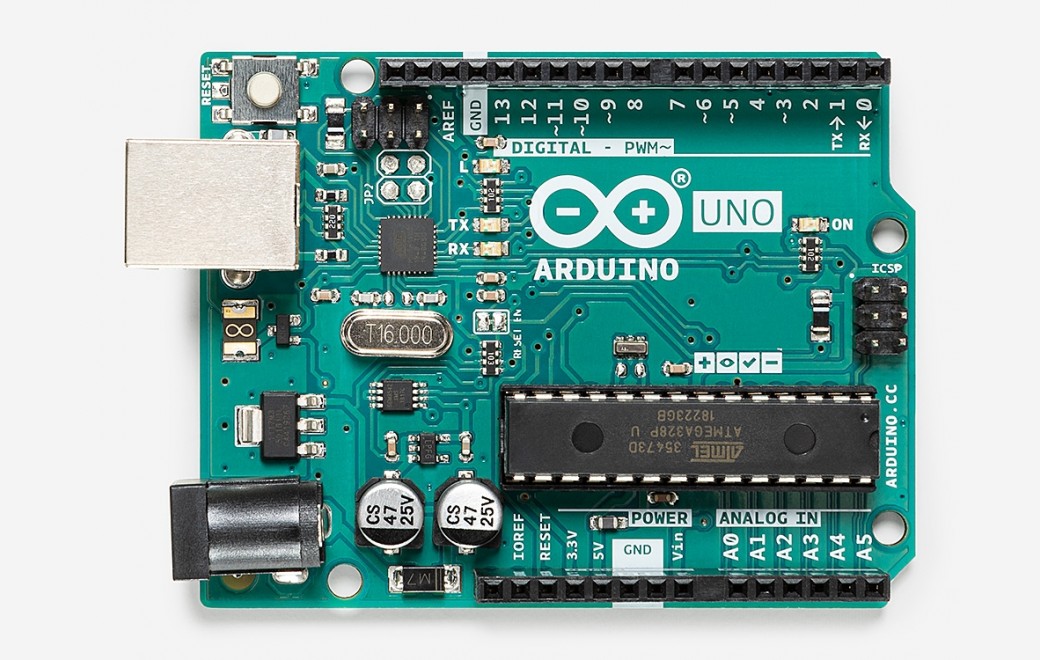

Serial.print("Starting current EEPROM value is ") Finally follow the instructions to use the reset switch and momentary button switch! #include
#ARDUINO EEPROM H SERIAL#
This is a pretty cool Arduino EEPROM read/write test code I found in GitHub written by Ted Hayes ( Put a momentary button switch between D11 and GND headers on your Arduino board, upload the code provide below to it, and open the serial monitor. So, you can read from EEPROM as much as you want without any issue! EEPROM Read & Write Test

Look, the 100K times rule is applicable only for writing (and erasing). Int value2 = EEPROM.read(1) // Read address 1 Int value1 = EEPROM.read(0) // Read address 0 The saved values will still be there and reading them is easy. Here, do not try to write multiple values on the same address because you’ll lose the value saved before (unless that’s what you want to do)! Reading a value from EEPROMĪfter you have stored some values to the EEPROM, you can then reboot your Arduino or simply reset your program. #include // EEPROM libraryĮEPROM.write(0, 1) // Number 1 at address 0ĮEPROM.write(1, 2) // Number 2 at address 1 Extended for reading and writing basic types, structs, strings, arrays and more. Now you are going to write two values in the EEPROM. EEPROMEx Data Storage Extension of the standard Arduino EEPROM library. There are many applications where EEPROM memory is useful. Simply, the new commands will still work when using numbers smaller than 255 but you need to call the new commands if the number is bigger than255 (reference ). However, from Arduino IDE versions above that you can see these two commands get (similar to read) and put (similar to update).
#ARDUINO EEPROM H UPDATE#
In the Arduino IDE versions prior to 1.6.2 you only had access to read, write, and update which only supported reading or writing to only one Byte at a time. A single byte can store 8 bits of information, and 8 bits can store a number from 0 to 255. In Arduino Uno, the EEPROM space can store up to 1024 bytes. This limit point is not a serious matter if you write to the memory infrequently. The EEPROM is specified with a write endurance of 100,000 cycles. Reading does not stress the EEPROM but each writing does stress the memory. By using its functions, the data stored in the Arduino can be. Almost all Arduino microcontroller boards have EEPROM memory build inside the core chip, so no extra hardware is needed for small data retention and retrieval. The EEPROM is the memory of the Arduino board which can be accessed using the EEPROM.h library. This is very useful for saving user settings or hoarding small data sets where you need to retain vital data even if the power is turned off. This might look like novice work, but I hope my thoughts will help you to play with Arduino EEPROM easily! Arduino & Internal EEPROMĪn EEPROM (electrically erasable programmable read-only memory) allows you to permanently store little amounts of data. The result was a better understanding of Arduino’s EEPROM. Last week I spent most of my leisure time studying nonvolatile memory chips.


 0 kommentar(er)
0 kommentar(er)
